
It’s the best time to take a look back at the best of the best things that happened this year. A number of green competitions were held this year and a number of entries managed to make an impression. Designers and companies from around the world came up with some really innovative and eco-friendly ideas, concepts and products. Here we bring to you the winners from the best green competitions held in 2009.
• Solar Decathlon:

The Solar Decathlon, an international collegiate contest designed to spur students to pursue careers in science and engineering, encourage the development of green technologies and raise public awareness of energy efficiency issues, this year had 20 teams giving tough competition to each other. Run by the U.S. Department of Energy, the Solar Decathlon 2009 took place on the National Mall in Washington, D.C. Winner of the prize in 2007, Team Germany has yet again proved its talent this year by winning the competition for the second time. This year the team started with a focus on the façade, creating a house that is essentially a two-story cube. The surface of the structure is completely covered by solar panels that are completely covered by solar panels. It also features automated louver-covered windows and a boiler integrated into the heat pump system that allows the system to provide domestic hot water as well as heating and cooling. The 24-member team consisting of many Technische Universitat Darmstadt architecture students has put in $650,000 to $850,000 for the construction.
• Green life competition:
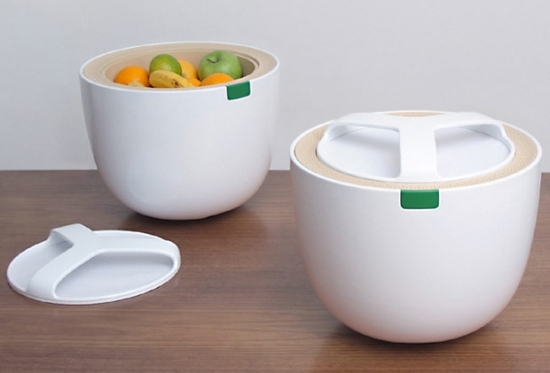
A competition to encourage green design and lifestyle was conducted by designboom in partnership with Incheon metropolitan city, Korea recently. Dubbed as the Green Life competition, the contest saw nearly 3709 participants from 96 countries. Among the 200 shortlisted projects, Thermodynamic cooler and Murakami chair design by Rochus Jacob from USA took away the prize. The thermodynamic cooler consists of two pots, one placed inside the other and the space between the two pots is filled with wet glass-foam, a waste product of the glass recycling process. Food gets preserved by the cooling effect of evaporating water in the glass-foam between the two pots.
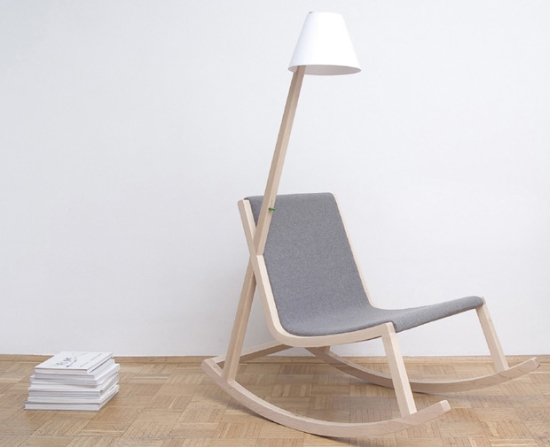
The Murakami chair uses the advanced nano-dynamo technology, which is built in to the skids of the chair. An OLED fitted reading lamp consumes the electricity produced by the rocking motion of the chair. During daylight, the energy gets stored in a battery pack that can be used to power the lamp.
• The Global Green Challenge:
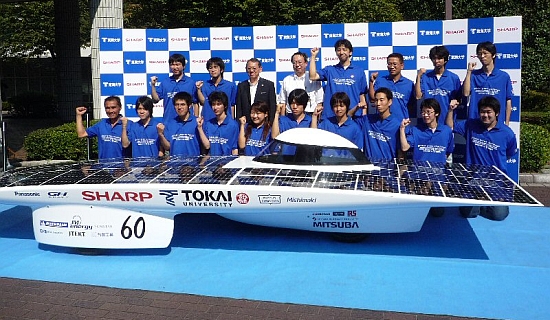
The Global Green Challenge, an evolution of the acclaimed World Solar Challenge introduced by the South Australian Tourism Commission completed ten years of its existence this year. This solar car event is the world’s leading, cross-continental showcase of the latest advances in hybrid, electric, solar, low emission, and alternative energy vehicles. The Tokai University team was declared the winners after defeating 30 competitors from 13 countries. Driven by Dakar rally champion Kenjiro Shinozuka, the one-passenger solar car equipped with Sharp compound solar cells covered 3,000-kilometer race from Darwin in northern Australia to Adelaide in South Australia at an average speed of about 100 kilometers per hour. The six square meters of solar panels covering the streamlined car made it possible to win the race by moving at an average speed of 100.54 km per hour.
• Greener Gadgets Design Competition 2009:
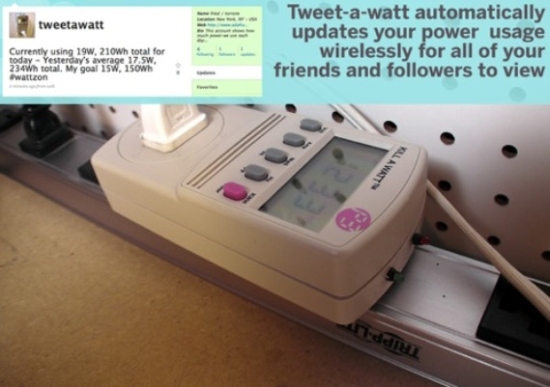
Core77 has launched the Greener Gadgets Design Competition 2009 in collaboration with CEA to generate outstanding design innovations for greener electronics. The Greener Gadgets Conference’s event was introduced in January 2008 and was a tremendous success, drawing over 1000 entries from all around the world. The Winner who took away $3000 was Tweet-a-Watt, a twittering power meter. The eco gadget is a Kill-a-Watt with a capacitor and transmitter added that would Tweet your current power usage using a nearby computer or wireless Arduino mini PC. A large capacitor that charges, transmits, and then discharges over time is then used to power the transmitter, after which an XBee module come into action to transmit the information read by the Kill-a-Watt, giving you an up-to-the-minute reading of your energy usage.
• Electrolux Design Lab 2009 competition:
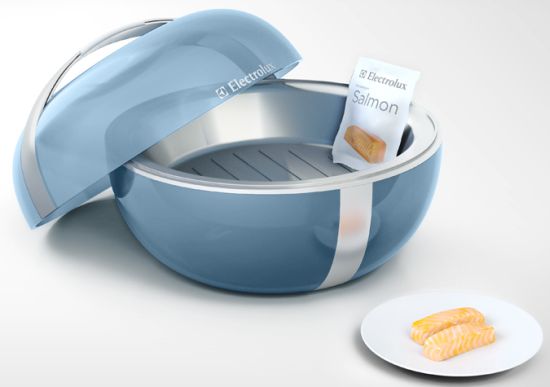
The Electrolux Design Lab is an annual global design competition open to undergraduate and graduate industrial design students who are invited to present innovative ideas for household appliances of the future. This year the special focus was on appliances that will shape how people prepare and store food, wash clothes, and do dishes over the next nine decades. Rickard Hederstierna of Lund Institute of Technology, Sweden won 5,000 Euro and a six-month paid internship at one of the Electrolux global design centers by banging the first spot. His creation called the ‘Cocoon’ is a sustainable response to the world’s growing population and its desire to consume meat and fish. The device uses heated muscle cells that are identified by radio frequency identification (RFID) signals to prepares genetically engineered and pre-packaged meat and fish dishes. The signals detect the specific dish and then suggest the required cooking time.
Cleantech Open 2009 National Prize Winner:
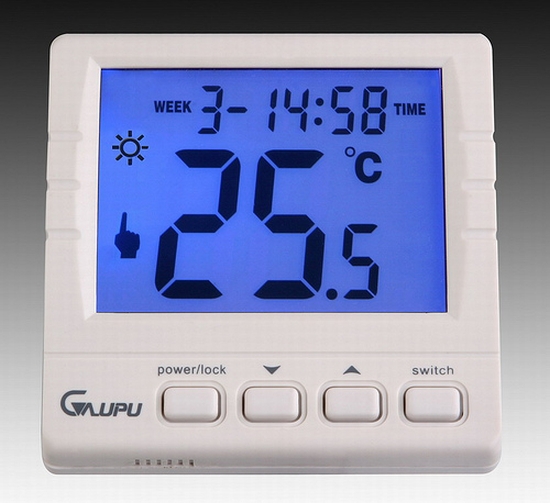
Among the 12 finalists for the prestigious Cleantech Open business plan competition, the National Prize went to EcoFactor for developing a personal residential energy management system for heating, air-conditioning and ventilation. We can also call the system as an intelligent HVAC system. The firm received prize package worth $250,000, including $100,000 in seed capital.
• Thinking outside the parking box:
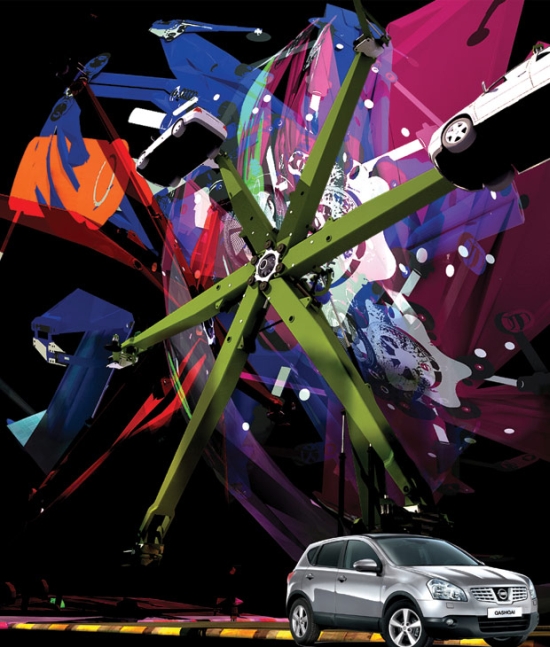
“Think Outside the Parking Box”, organized jointly by Nissan and Designboom, asked designers to suggest innovative designs to morph urban parking lots into tougher and more stylish spaces. The designers necessarily had to focus on sustainability. Tanzim Hasan Salim Salim from Bangladesh impressed all with his winner design the Rotary Parking Machine that bases itself on the Ferris wheel. The concept machine allows sufficient parking for six cars, which is actually meant for only one.
• Consumer Electronics Association i-Stage competition:
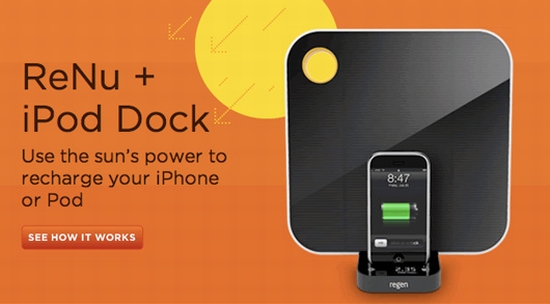
Green has been winning the hearts of many, so a green electronic gadget-winning Consumer Electronics Association i-Stage competition comes as no surprise to me. The ReNu solar charger has secured the first position at the competition, which previews innovative electronics products before they actually set the market ablaze. Regen’s ReNu system consists of a ReNu panel, a freestanding power module containing solar cells, a rechargeable lithium-ion battery and an intelligent user interface. It comes with a peg leg attachment that allows you to change the angle of the panel in order to get maximum sunlight. The built-in rechargeable battery juices up power all day and uses it during the night. The ReNu portable solar panel is a true blend of sleek design and multi-use flexibility. The device was voted the “fan favorite” and so received an additional $2500.
• Opportunity Green 2009 Competition:
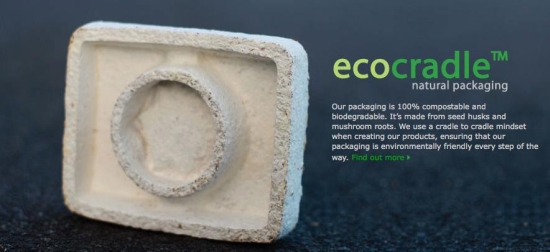
The Opportunity Green Competition is an open business competition that looks for most promising start-ups whose sole aim is to construct a new green economy. It also highlights initiatives in clean technology, product design, mobility, social innovation, water and resource conservation, food systems, community development and many more. The winner of the OG25 this year was Ecovative Design, who works towards preserving nature by replacing unsustainable plastics and foams with natural composites. There innovative product makes use of radical new technologies making it affordable and eco-friendly. Their packaging made from seed husks and mushroom roots is 100% compostable and biodegradable.
• Regeneration: International Green Computing Design Competition:
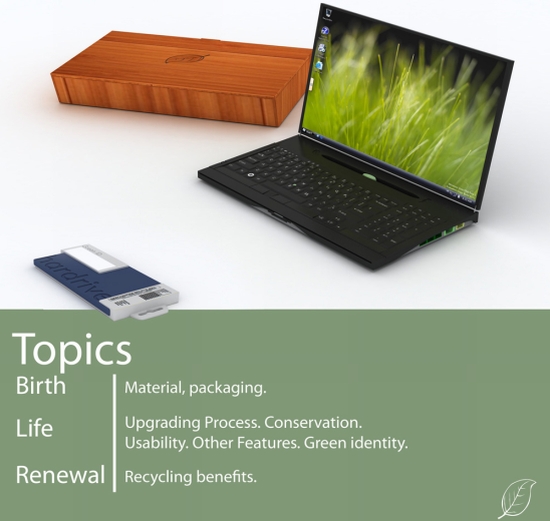
Dell’s first Regeneration: International Green Computing Design Competition encouraged designers to create a broad range of design concepts and innovations for technology products that demonstrate refreshed approaches and responsible solutions for green computing technologies. Vas Obeyesekere, IDSA, of Dallas, TX, stood out at the competition with his design of Evolve that won him a $25,000 prize. The Evolve is versatile `laptop/PC` designed to change over time and adapt to a variety of uses. It is made using material that is biodegradable, renewable and even reusable to a certain extent, battery is a LEES capacitor that does not require chemical reactions to produce energy. It has components that are modularized making it easier to upgrade individual parts minimizing waste. The Evolve also allows the user to expand the system to suit his or her own personal needs, hence reducing environmental impact, as it does not become outdated when the user needs a more sophisticated system, but can adapt accordingly.

